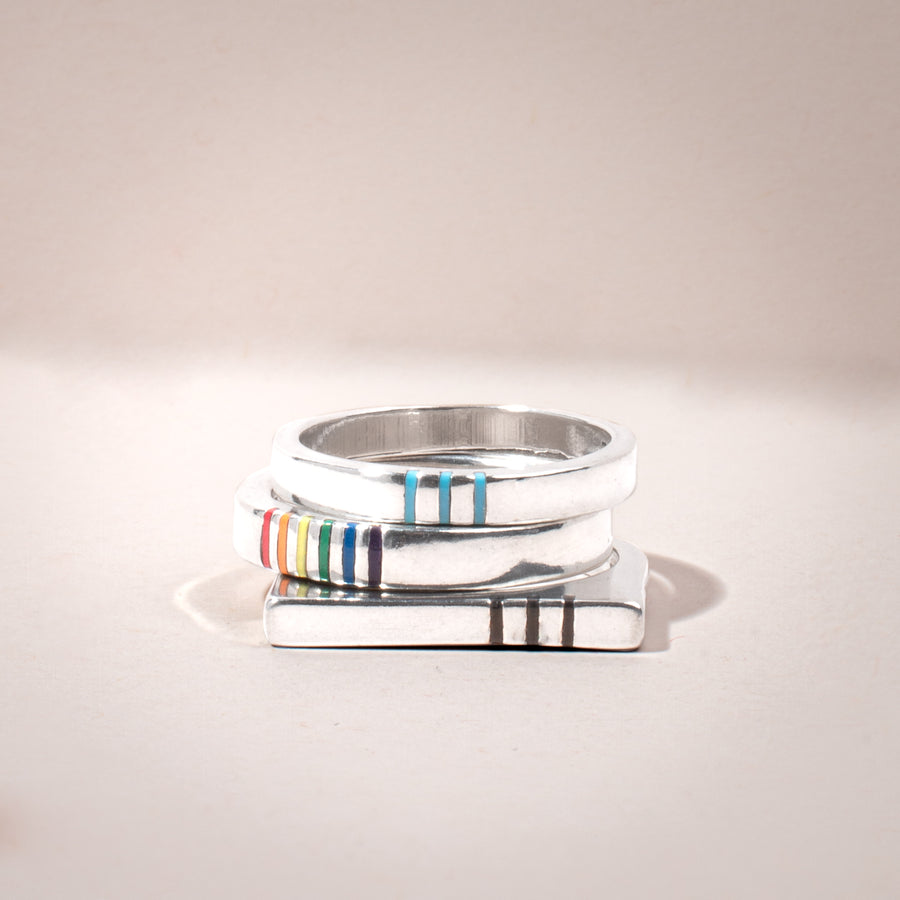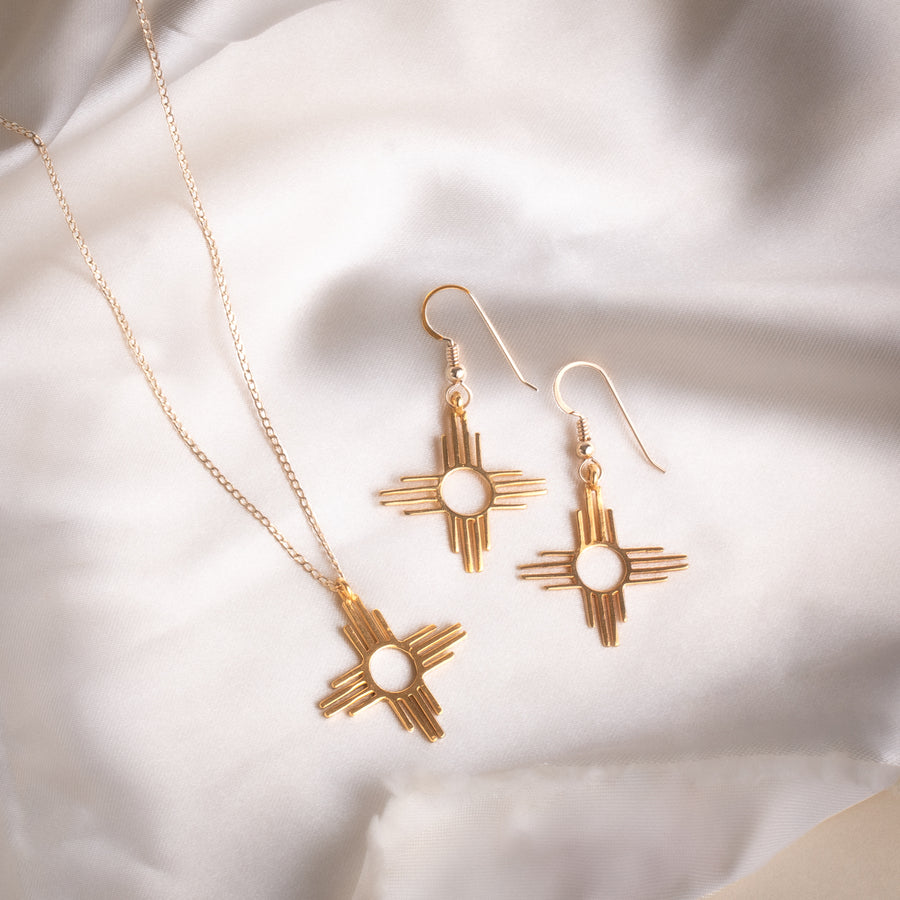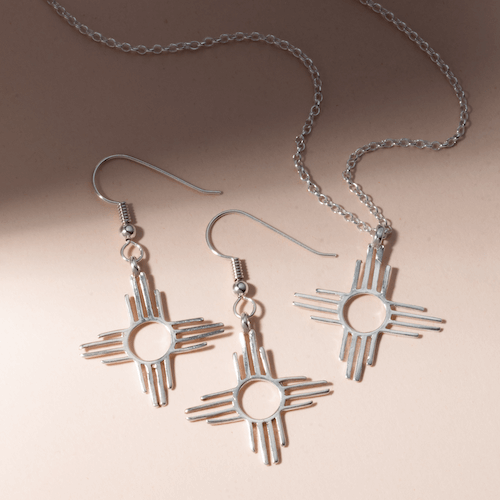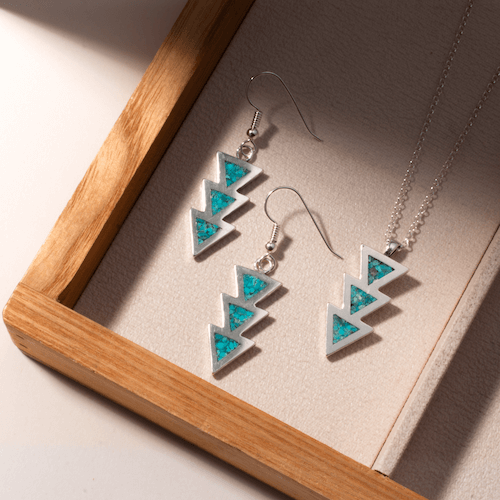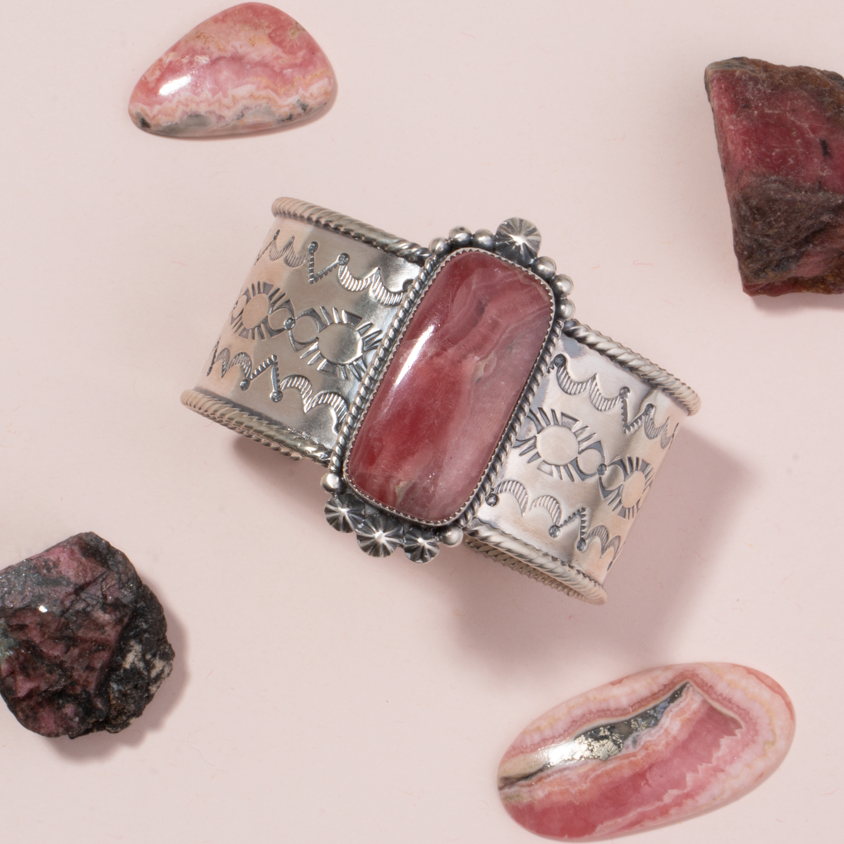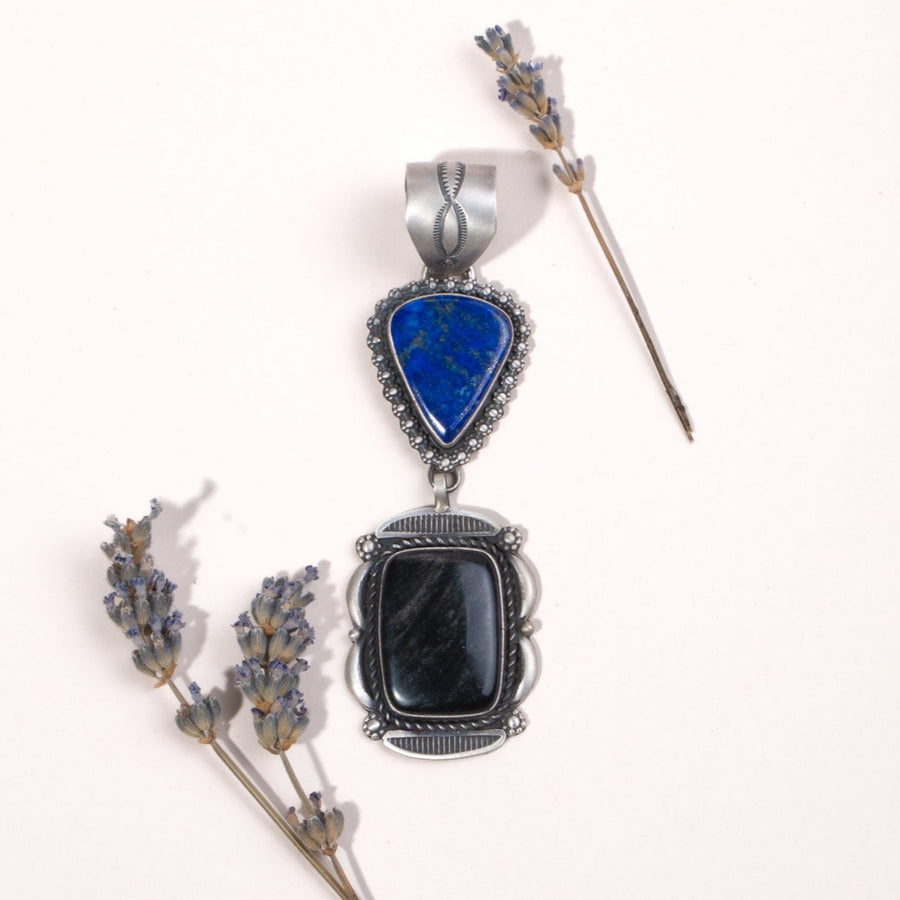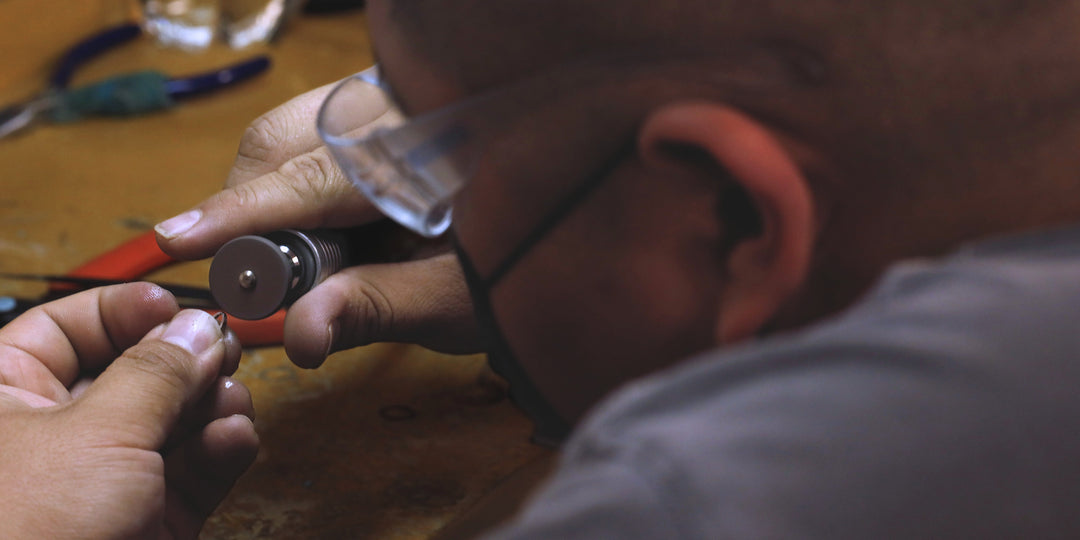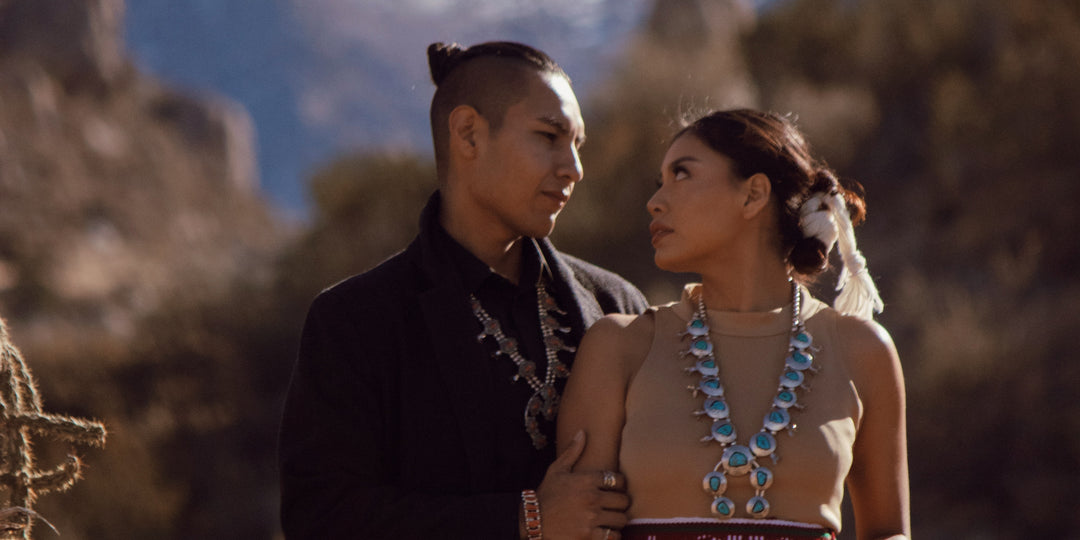Obsidian, The Ancient Stone
Transcription
Hi and welcome to Turquoise Skies’ Rock Talks. Today we’re talking about obsidian.
JR – So what we have here is about seven different kinds of obsidian. Obsidian is volcanic glass. It happens from what is called felsic lava. Felsic lava is basically an iron rich version of lava. So what you have when you have iron rich lava is a very nice orange finish. That is a cut piece ready to be cabbed out. What I have here is some rough found in the deserts of Nevada on a hike. You can see what it looks like before it is cut up.
I also have another kind of the same kind of mahogany. It is a combination of both mahogany and jasper. This is actually called a two flow because there are two different kinds of flow happening when it occurs. I also have a very small example of that. This has both mahogany and golden shine.
So obsidian has a rich history. It’s been used basically since ancient times. So what we have here is an example of an arrowhead where they nap it. Which is hitting it with another rock which you can see some of the shaping that happens. The nice thing about that is that it was so sharp that they were able to hunt effectively with it. They were used as tools in many different ways. Today we actually use obsidian in scalpels. The USDA doesn’t license it for use in the United States but in many foreign countries they’re actually using the sharpness because it’s safer and less dangerous to the skin than blades are.
Another example of obsidian I have here is called Velvet Obsidian, and this is one of my favorites. This is a block that I split; this is what it looked like before I split it. Here, I split it open, you can see the glass like nature, and when you get it wet, it is full of color.
Another example we have here today is what’s called snowflake obsidian. It’s one of the most striking because you can actually see the color difference. I brought a couple of different examples of what people do with them. So this is a small piece of what looks like pottery. And this is going to be a pendent. It’s the golden shine but also highly collectable.
Some of the other types of obsidian we have here is what we call Apache Tears, and they’re called that because they come in such a small form. So this is it in its natural state before it’s been polished. I haven’t ever polished that because they are so small it ends up grinding down to nothing.
Obsidian is about, on record 130 million years old. I’m sure it happened before that because of volcanic flows. Because of its nature, it’s made up glass like crystalline, it breaks down so they actually have never carbon dated it beyond 130 million years old. But it is volcanic glass so I believe it has probably existed the same amount of time the planet has existed.
Obsidian is used in a lot of different types of jewelry making. Something as simple as this where you shape into tear drop and place it into a pendent. This is a good example. It has been shaped on both sides, and whole has been put through it so can just simply wear it as a single piece. It’s a nice little fish. They have been using jewelry for as long as they’ve been using it for tools. Because of its reflective nature, not only was it used as jewelry, but they would polish it and basically use it as the first mirrors.
If you have any questions or comments, please visit tskies or leave a comment here. We’d love to answer any questions you have on obsidian or other types of minerals. If there is another type of mineral you’d like to see, just let us know. Thanks for joining us!
